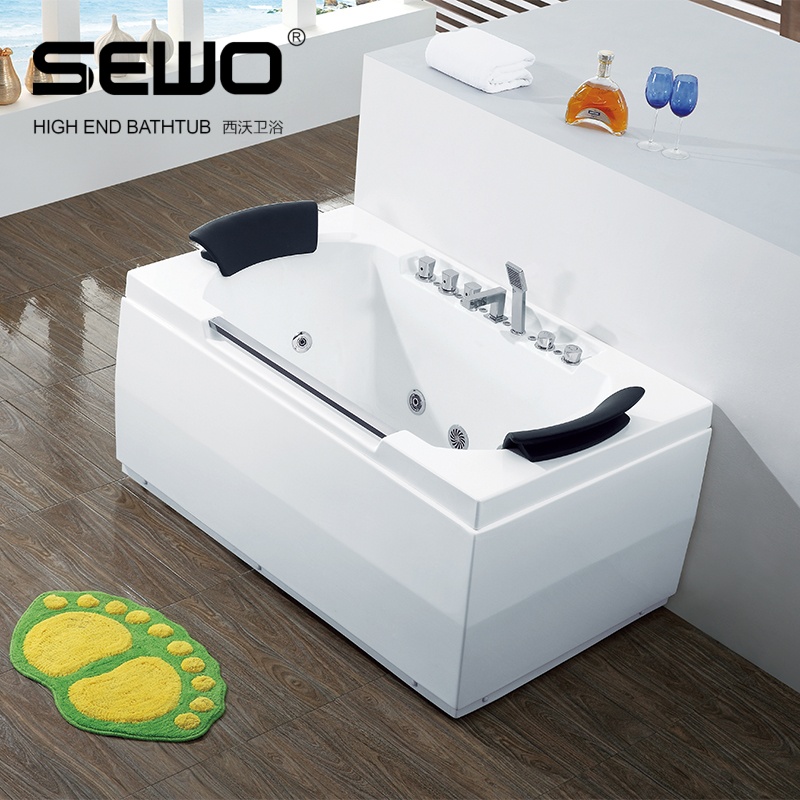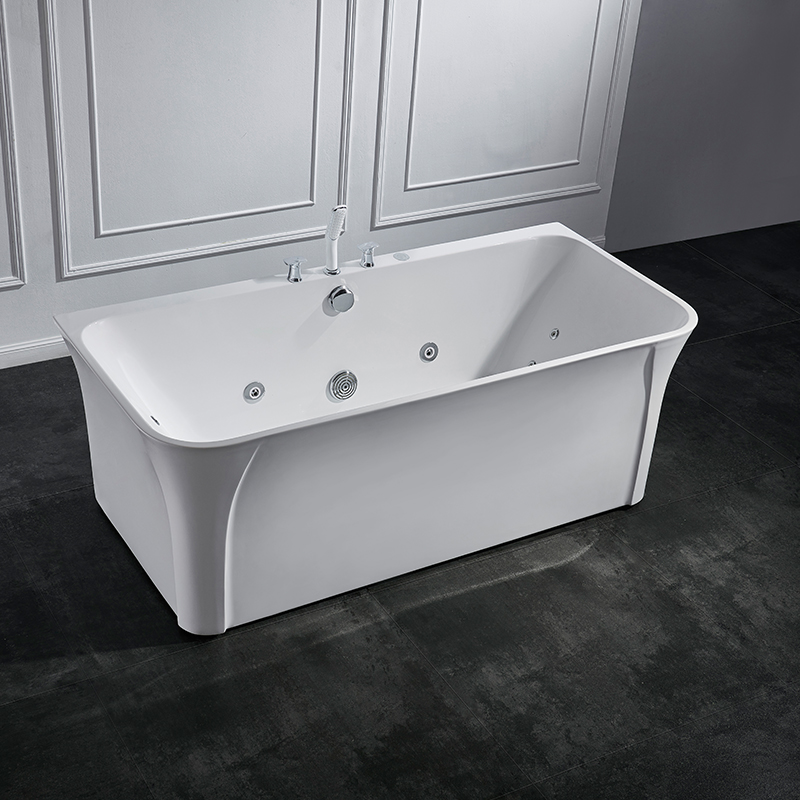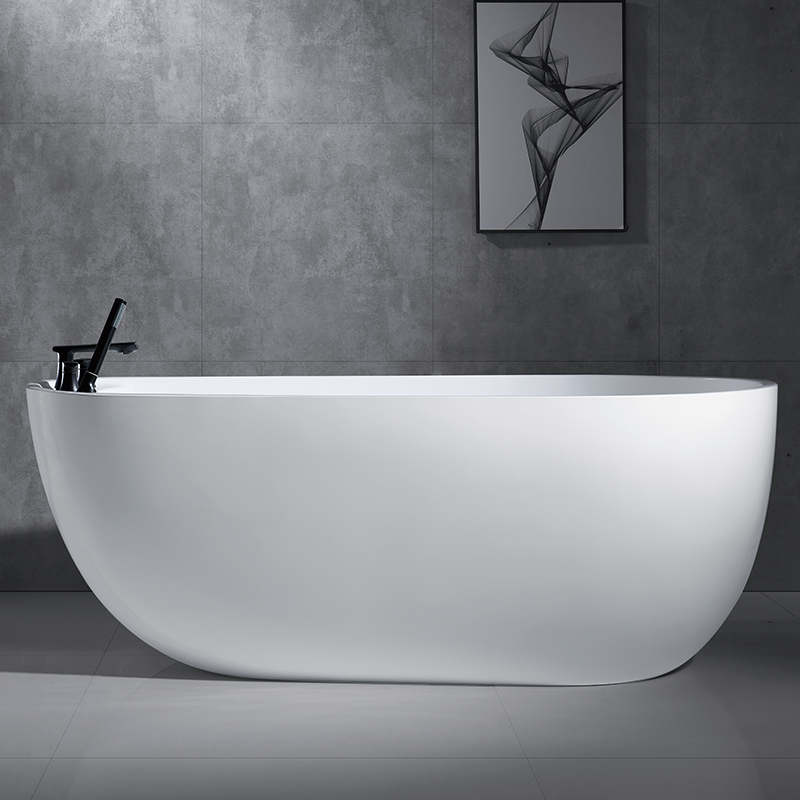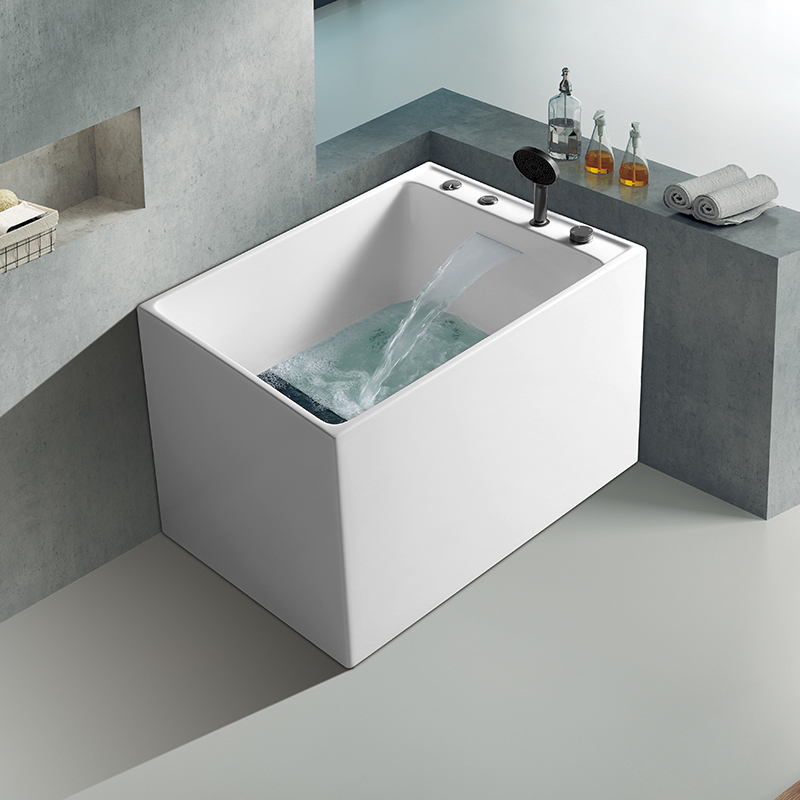Acrylic glass tanks, usually referring to fish tanks made of acrylic material, have the following advantages:

1. High transparency: The transparency of acrylic material is higher than that of glass, which can provide a clear view and viewing effect。
2. Strong impact resistance: Acrylic material is more impact-resistant than glass, less likely to break or shatter, and is more suitable for use in home environments。
3. Easy to process: Acrylic can be easily processed into various shapes and sizes, and can be customized according to personal needs.
4. Lightweight: Compared with glass, acrylic material is lighter and easier to handle and install。
5 .Energy conservation: Acrylic fish tanks have excellent light transmittance, reaching over 92%, and require less light intensity, thus saving electricity。
6. Aesthetics and safety: The acrylic fish tank is transparent and seamless as a whole, making it more aesthetically pleasing and safe than ordinary glass fish tanks。
7 . Weather resistance and acid and alkali resistance: Acrylic fish tanks have excellent weather resistance and acid and alkali resistance。
8. Excellent insulation performance: Acrylic fish tanks have excellent insulation performance.
9. Light weight: Acrylic fish tanks are light in weight, half that of ordinary glass, and thus bear less load on buildings and supports.
10. Vivid colors and high brightness: Acrylic fish tanks have vivid colors and high brightness, which are unmatched by other materials in terms of beauty.
11. Strong plasticity: Acrylic fish tanks have strong plasticity, allowing for significant shape changes and are easy to process and form.
12.Easy to protect: Acrylic fish tanks are easy to protect and clean. They can be naturally washed by rainwater or wiped with soap and a soft cloth.
13.Wear resistance: The wear resistance of acrylic sheet is close to that of aluminum, and it can resist the erosion of various chemicals at any time.
To sum up, acrylic glass tanks demonstrate superior characteristics over traditional glass fish tanks in many aspects.
High transparency: The light transmittance of acrylic fish tanks is over 92%, providing an excellent viewing effect while reducing the need for additional lighting and saving electricity.
Lightweight: The density of acrylic is relatively low, approximately 1.2g/cm³, which makes the fish tank itself light in weight, easy to transport and install, and also reduces the load-bearing burden on buildings or supports.
Impact resistance: The impact resistance of acrylic is sixteen times that of ordinary glass, providing higher safety.
Longevity: The service life of acrylic fish tanks is usually more than three years longer than that of fish tanks made of other materials, which means they are more economical and cost-effective in the long run.
Easy to maintain: The surface of the acrylic fish tank is smooth and easy to clean. It can be naturally cleaned or wiped with soap and a soft cloth.
Excellent processing performance: Acrylic material can be easily bent, cut, drilled and other processed, and is suitable for making fish tanks of various shapes and sizes, including irregular-shaped tanks.
Weather resistance and chemical resistance: Acrylic fish tanks have excellent weather resistance and acid and alkali resistance. They are not easily damaged or corroded by ultraviolet rays and have strong resistance to chemicals such as chlorine, which helps maintain the stability of water quality in the aquarium.
Insulation performance: Acrylic has excellent insulation performance and can protect fish from electric current damage.
Rich in color: The acrylic fish tank has bright and vivid colors, enhancing its ornamental value.
To sum up, acrylic fish tanks have occupied an important position in modern aquarium breeding and ornamental fields due to their unique material properties.
Ordinary organic plates are made by casting ordinary acrylic cracking materials with pigments. They have low surface hardness, are prone to fading, and have poor polishing effects after fine sand grinding. The composite board only has a very thin layer of acrylic (organic glass) on the surface, with ABS plastic in the middle. During use, it is prone to delamination due to thermal expansion and contraction. The authenticity of acrylic (organic glass) can be identified from the subtle color differences and polishing effects on the cross-section of the sheet. There are a large number of defective products in the market. Due to the high production difficulty and cost of acrylic (organic glass), there are many low-quality and low-priced substitutes in the market. These substitutes are also called "acrylic (organic glass)", but they are actually ordinary organic plates or composite plates (also known as sandwich plates).
ACRYLIC (ACRYLIC), commonly known as organic glass, is a common high-molecular polymer material. Its origin can be traced back to petroleum, which is a by-product of petroleum. Acrylic sheets come in many types. Among them, there is a classification method that divides acrylic into three major categories: 1. Imported sheets; Ii. Taiwan-funded Board Iii. Domestic boards. These three major categories are the most commonly used terms by people. The difference between them lies in the origin of the raw materials used and the purity of (MMA).




